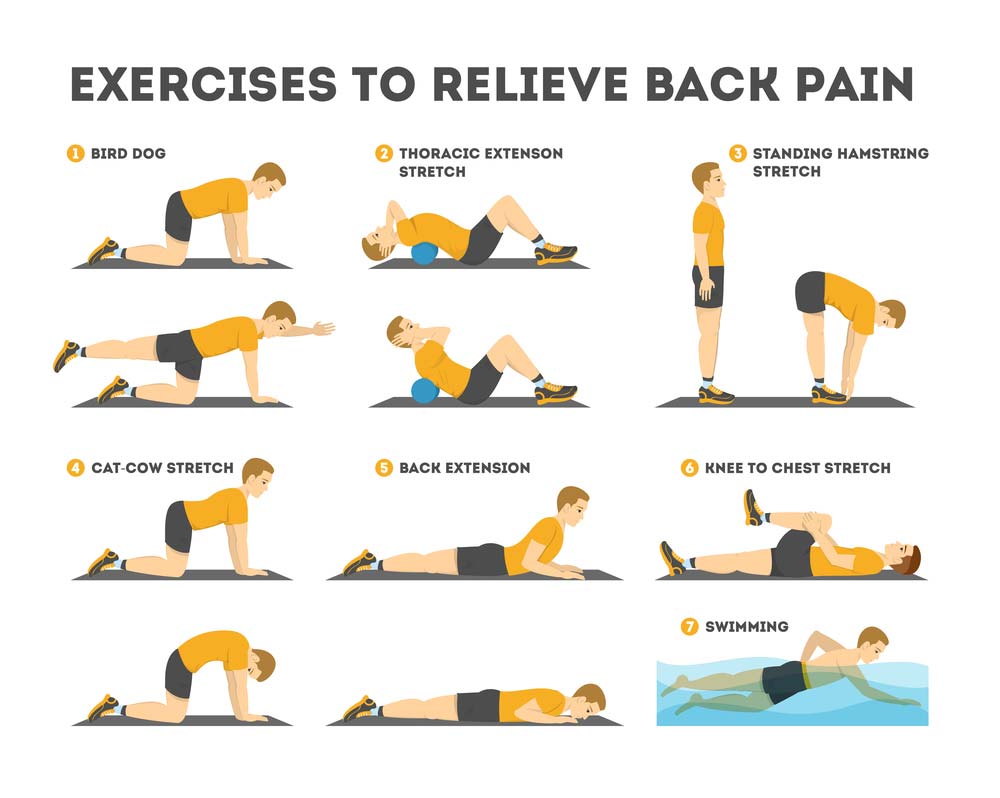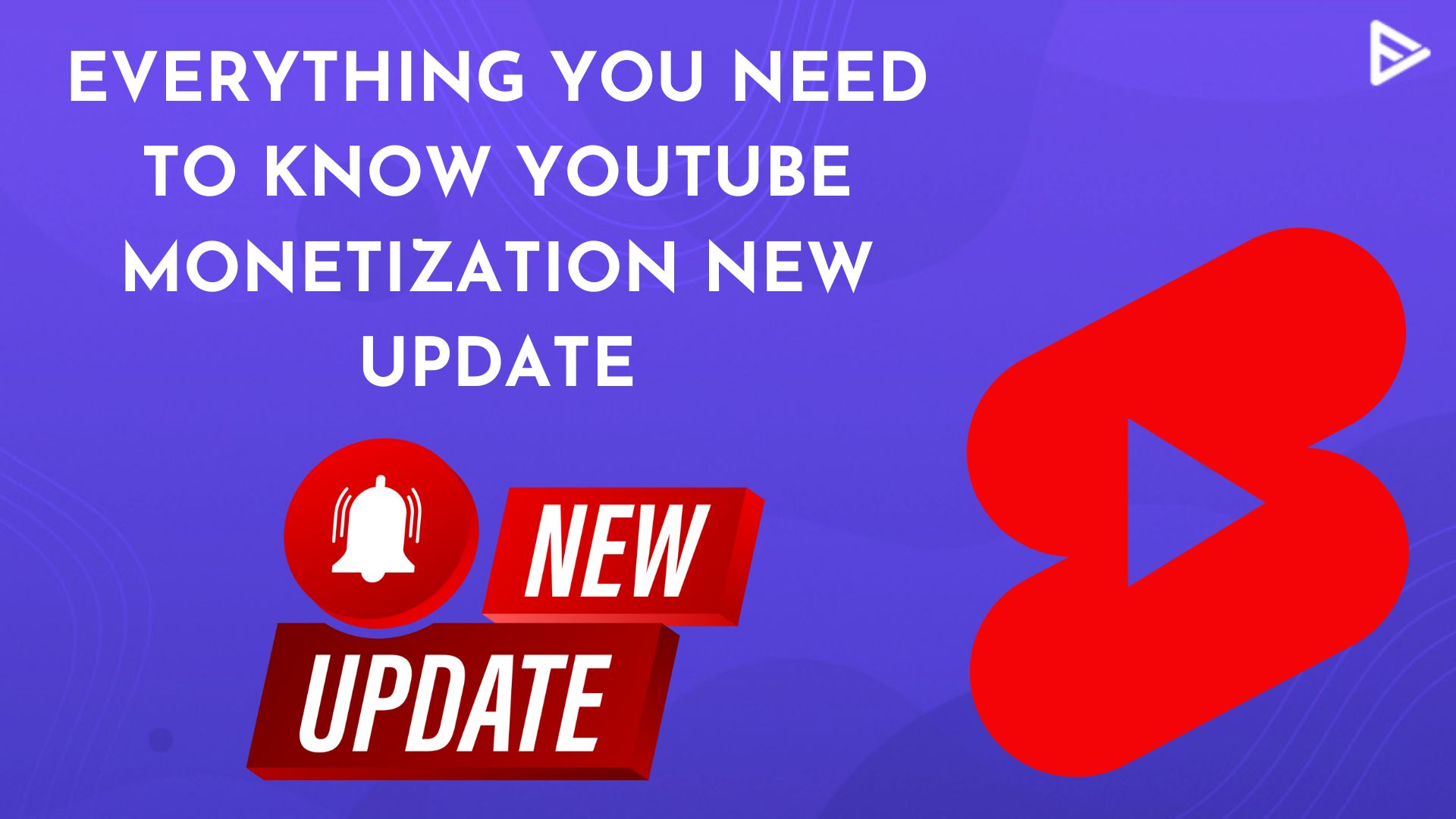Unlocking the Secrets of YouTube’s Partner Program
YouTube’s Partner Program (YPP) is a highly sought-after opportunity for creators to monetize their videos and earn revenue from their content. To get paid off YouTube videos, creators must first meet the eligibility requirements and apply for the YPP. The program allows creators to monetize their videos through ads, sponsorships, and merchandise sales, providing a lucrative way to turn their passion into a career.
The YPP requires creators to have at least 1,000 subscribers and 4,000 watch hours in the past 12 months. Once these requirements are met, creators can apply for the program and start monetizing their videos. The YPP offers a range of benefits, including access to YouTube Analytics, the ability to monetize videos with ads, and the opportunity to earn money from YouTube Premium subscribers.
One of the most significant advantages of the YPP is the ability to earn money from ads. YouTube’s ad revenue sharing model splits the revenue between creators and YouTube, with creators earning a significant portion of the revenue. To maximize earnings, creators can optimize their videos for ads, using attention-grabbing thumbnails and compelling titles and descriptions.
In addition to ad revenue, the YPP also allows creators to earn money from sponsorships and merchandise sales. Sponsorships provide a way for creators to partner with brands and promote their products or services in their videos. Merchandise sales offer a way for creators to sell branded merchandise to their audience, providing an additional revenue stream.
Overall, the YPP provides a comprehensive way for creators to monetize their videos and earn revenue from their content. By meeting the eligibility requirements and applying for the program, creators can unlock the secrets of YouTube’s Partner Program and start earning money from their videos.
How to Enable Monetization on Your YouTube Account
To get paid off YouTube videos, creators must first enable monetization on their account. This process involves meeting the eligibility requirements, applying for the YouTube Partner Program (YPP), and setting up an AdSense account. Here’s a step-by-step guide on how to enable monetization on your YouTube account:
Step 1: Meet the Eligibility Requirements
Before applying for the YPP, creators must meet the eligibility requirements, which include
How to Enable Monetization on Your YouTube Account
To get paid off YouTube videos, creators must first enable monetization on their account. This process involves meeting the eligibility requirements, applying for the YouTube Partner Program (YPP), and setting up an AdSense account. Here’s a step-by-step guide on how to enable monetization on your YouTube account:
Step 1: Meet the Eligibility Requirements
Before applying for the YPP, creators must meet the eligibility requirements, which include having at least 1,000 subscribers and 4,000 watch hours in the past 12 months. Creators can check their eligibility status in the YouTube Studio dashboard.
Step 2: Apply for the YouTube Partner Program
Once creators meet the eligibility requirements, they can apply for the YPP. To do this, they need to sign in to their YouTube account, go to the YouTube Studio dashboard, and click on the “Monetization” tab. From there, they can click on the “Apply for monetization” button and follow the prompts to complete the application process.
Step 3: Set Up an AdSense Account
After applying for the YPP, creators need to set up an AdSense account. AdSense is a platform that allows creators to earn money from ads displayed on their videos. To set up an AdSense account, creators need to sign in to their YouTube account, go to the YouTube Studio dashboard, and click on the “Monetization” tab. From there, they can click on the “Set up AdSense” button and follow the prompts to complete the setup process.
Step 4: Enable Monetization on Your Videos
Once creators have set up their AdSense account, they can enable monetization on their videos. To do this, they need to go to the YouTube Studio dashboard, click on the “Videos” tab, and select the video they want to monetize. From there, they can click on the “Monetization” tab and toggle the switch to enable monetization.
By following these steps, creators can enable monetization on their YouTube account and start earning money from their videos. Remember, to get paid off YouTube videos, creators must comply with YouTube’s monetization policies and guidelines.
Maximizing Your Earnings with YouTube Ad Optimization
To maximize earnings from YouTube videos, creators need to optimize their ads to increase click-through rates, cost-per-click, and viewer engagement. One way to do this is by using attention-grabbing thumbnails that showcase the most interesting or provocative part of the video. This can help increase click-through rates and encourage viewers to watch the video.
Another way to optimize YouTube ads is by writing compelling titles and descriptions that accurately reflect the content of the video. This can help increase the relevance of the ad to the viewer and encourage them to click on it. Additionally, creators can use keywords in their titles and descriptions to help their videos rank higher in search results.
YouTube Analytics is a powerful tool that can help creators track the performance of their ads and optimize their content to increase earnings. By using YouTube Analytics, creators can see how many views, clicks, and earnings their videos are generating, and adjust their strategy accordingly. For example, if a creator notices that a particular video is generating a high number of views but low earnings, they may want to adjust the ad placement or targeting to increase revenue.
Other strategies for optimizing YouTube ads include using end screens and cards to promote other videos or channels, and using annotations to provide additional information or links to external websites. By using these features, creators can increase engagement and encourage viewers to take action.
Finally, creators can use YouTube’s automatic captioning feature to increase accessibility and engagement. By providing captions for their videos, creators can make them more accessible to viewers who are deaf or hard of hearing, and also increase engagement by providing an additional way for viewers to consume the content.
By following these tips and strategies, creators can maximize their earnings from YouTube videos and increase their revenue. Remember, to get paid off YouTube videos, creators need to comply with YouTube’s monetization policies and guidelines, and optimize their ads to increase click-through rates, cost-per-click, and viewer engagement.
Alternative Monetization Strategies for YouTube Creators
While YouTube’s Partner Program (YPP) is a great way to monetize your videos, it’s not the only way to earn money on the platform. There are several alternative monetization strategies that YouTube creators can use to increase their earnings. In this section, we’ll explore some of these strategies and provide examples of successful creators who have implemented them.
Sponsorships are a popular way for YouTube creators to earn money. Brands partner with creators to promote their products or services in their videos. This can be a lucrative way to earn money, especially for creators with large and engaged audiences. For example, beauty YouTuber James Charles has partnered with several brands, including CoverGirl and Morphe, to promote their products in his videos.
Merchandise sales are another way for YouTube creators to earn money. Creators can sell branded merchandise, such as t-shirts, hats, and other items, to their audience. This can be a great way to earn money, especially for creators with a strong brand identity. For example, gaming YouTuber PewDiePie has a successful merchandise line that includes t-shirts, hats, and other items.
Affiliate marketing is a way for YouTube creators to earn money by promoting products or services of other companies. Creators earn a commission on any sales generated through their unique referral link. This can be a great way to earn money, especially for creators with a large and engaged audience. For example, tech YouTuber Marques Brownlee has an affiliate marketing program that earns him a commission on any sales generated through his referral link.
Memberships are a way for YouTube creators to earn money by offering exclusive content or perks to their audience. Creators can offer different tiers of membership, each with its own set of benefits. This can be a great way to earn money, especially for creators with a loyal and engaged audience. For example, YouTuber Tim Schmoyer has a membership program that offers exclusive content and perks to his audience.
These are just a few examples of alternative monetization strategies that YouTube creators can use to increase their earnings. By diversifying their income streams, creators can reduce their reliance on the YPP and increase their overall earnings.
Building a Loyal Community to Boost Your YouTube Earnings
Building a loyal community on YouTube is crucial to boosting your earnings. A loyal community is one that is engaged, active, and supportive of your content. When you have a loyal community, you can increase your earnings through increased views, likes, and comments. In this section, we’ll provide tips on how to build a loyal community on YouTube.
Engage with Your Viewers
Engaging with your viewers is one of the most effective ways to build a loyal community on YouTube. Respond to comments, answer questions, and interact with your viewers on social media. This will help you build a relationship with your viewers and create a sense of trust and loyalty.
Create Content That Resonates with Your Audience
Creating content that resonates with your audience is critical to building a loyal community on YouTube. Understand your audience’s needs, interests, and preferences, and create content that meets those needs. This will help you build a loyal following and increase your earnings.
Use Social Media to Promote Your Channel
Using social media to promote your channel is an effective way to build a loyal community on YouTube. Share your videos on social media platforms, engage with your followers, and use relevant hashtags to increase your visibility.
Offer Exclusive Content to Your Loyal Viewers
Offering exclusive content to your loyal viewers is a great way to reward them for their loyalty and encourage them to continue watching your videos. This can include exclusive videos, behind-the-scenes footage, or access to exclusive content.
Collaborate with Other Creators
Collaborating with other creators is a great way to build a loyal community on YouTube. Collaborate with other creators in your niche, participate in YouTube communities, and engage with other creators on social media.
By following these tips, you can build a loyal community on YouTube and increase your earnings. Remember, building a loyal community takes time and effort, but it’s worth it in the long run.
YouTube’s Monetization Policies: What You Need to Know
YouTube’s monetization policies are in place to ensure that creators are able to earn money from their videos in a fair and transparent way. However, these policies can be complex and difficult to understand, especially for new creators. In this section, we’ll outline YouTube’s monetization policies and explain the consequences of violating them.
Content Types
YouTube has strict guidelines on the types of content that are allowed to be monetized. Creators must ensure that their content meets YouTube’s community standards and does not contain any prohibited content, such as hate speech, violence, or explicit material.
Copyright Infringement
YouTube takes copyright infringement very seriously. Creators must ensure that they have the necessary permissions and licenses to use any copyrighted material in their videos. If a creator is found to have infringed on someone’s copyright, they may face penalties, including the removal of their video and a strike against their account.
Community Standards
YouTube’s community standards are in place to ensure that creators are able to create a safe and respectful environment for their viewers. Creators must ensure that their content does not contain any hate speech, harassment, or bullying.
Consequences of Violating YouTube’s Monetization Policies
If a creator is found to have violated YouTube’s monetization policies, they may face penalties, including the removal of their video, a strike against their account, and even the termination of their account. In addition, creators may also face financial penalties, including the loss of earnings from their videos.
Best Practices for Complying with YouTube’s Monetization Policies
To avoid violating YouTube’s monetization policies, creators should follow best practices, such as ensuring that their content meets YouTube’s community standards, obtaining the necessary permissions and licenses to use copyrighted material, and avoiding hate speech, harassment, and bullying.
By following these best practices and understanding YouTube’s monetization policies, creators can ensure that they are able to earn money from their videos in a fair and transparent way.
Tracking Your YouTube Earnings: A Guide to YouTube Analytics
YouTube Analytics is a powerful tool that allows creators to track their earnings, viewership, and engagement metrics. By using YouTube Analytics, creators can gain insights into their audience’s behavior, optimize their content, and increase their earnings. In this section, we’ll provide an overview of YouTube Analytics and explain how to use the tool to track earnings, viewership, and engagement metrics.
Understanding YouTube Analytics
YouTube Analytics provides a comprehensive overview of a creator’s YouTube performance. The tool tracks earnings, viewership, engagement, and audience demographics, providing creators with valuable insights into their audience’s behavior.
Tracking Earnings with YouTube Analytics
YouTube Analytics allows creators to track their earnings in real-time. The tool provides a detailed breakdown of earnings, including the amount earned from ads, sponsorships, and merchandise sales. Creators can also track their earnings over time, allowing them to identify trends and optimize their content for maximum earnings.
Tracking Viewership with YouTube Analytics
YouTube Analytics also allows creators to track their viewership metrics, including the number of views, watch time, and audience retention. By tracking these metrics, creators can gain insights into their audience’s behavior and optimize their content for maximum engagement.
Tracking Engagement with YouTube Analytics
YouTube Analytics provides a range of engagement metrics, including likes, comments, and shares. By tracking these metrics, creators can gain insights into their audience’s behavior and optimize their content for maximum engagement.
Using YouTube Analytics to Optimize Your Content
By using YouTube Analytics, creators can gain valuable insights into their audience’s behavior and optimize their content for maximum earnings. By tracking earnings, viewership, and engagement metrics, creators can identify trends and adjust their content strategy to maximize their earnings.
Best Practices for Using YouTube Analytics
To get the most out of YouTube Analytics, creators should follow best practices, such as regularly checking their analytics, tracking their earnings and viewership metrics, and using the data to optimize their content. By following these best practices, creators can maximize their earnings and grow their YouTube presence.






